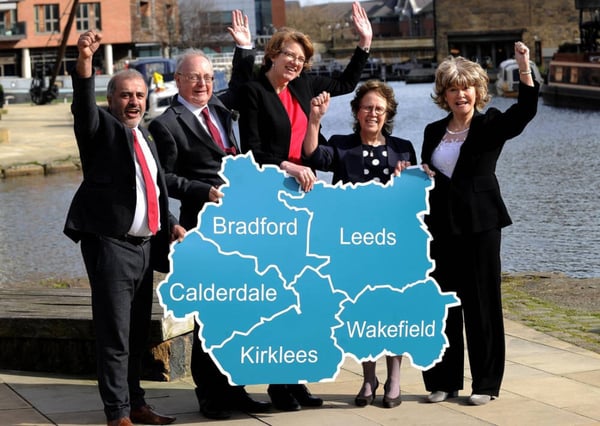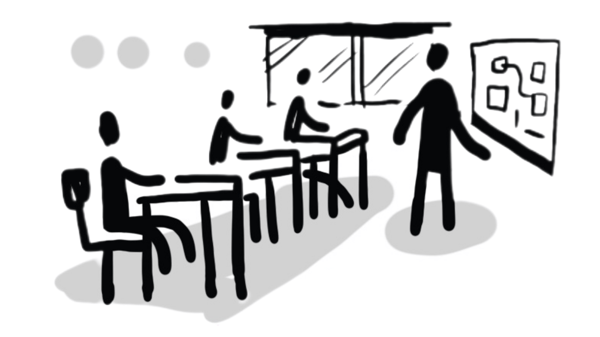Making Government workplaces digital
Transforming government workplaces to promote collaboration in the era of hybrid operations is as much about culture as it is about technology.
That was the clear message from delegates who joined the digital workplace discussion table at Government Transformation Summit. Merging work environments to get the best from office-based and remote teams has been accelerated by the pandemic. It’s now clear, across departments, that the drive to digital can bring multiple benefits for everyone delivering services, and all who use them.
Positive outcomes include:
- Comprehensive digital team engagement
- Huge workplace cost savings and efficiencies
- Faster, smarter, more agile ways of working
- Adoption and change management with evergreen methodology
- Discovery through service design model adoption
- Development of business apps to streamline delivery
- Low-cost/low-code solutions that save money
- Self-service apps that can be built in-house
- Centres of excellence supported by developers and architects
No one involved is under any illusion that implementation of new group working practices is easy. Challenges are manifold. It was therefore fascinating to hear about innovative solutions to persuading departments - and the people who work in them - to adopt new processes.
That entails a recognition that the digital workplace must be treated as more than a technology roll-out. Who is the technology is for and why is it needed?
Teams must remember not to focus on a single solution but ensure they understand the entire application estate. They should concentrate on removing complex and time-consuming problem areas, not just quick wins that don’t produce the right benefits.
ICT teams shouldn’t be built on sand but help identify key services or platforms to invest in, ensuring the foundations are laid at the beginning. They must help identify single services that add most value to organisations, not a broad range that collectively add little value.
And, perhaps most important of all, individuals must all be aligned and enthusiastic for programmes to be successful.
How tech is reshaping the workplace
Exception believes that an important part of this discussion is the clear and enthusiastic acceptance that making workplaces digital is an exciting vision for modern, forward-thinking government departments.
Exception has expertise and capability to transform government organisations into modern digital workplaces. We deliver sophisticated infrastructure, application platforms, digital technologies and systems integration.
But all organisations will require more than just technology. The cultural change to the future way of working is probably the most difficult aspect of digital workplace to deliver. Successful transformation will depend on technology, HR, culture and people to adopt and adapt systems that ultimately elevate the workplace.
Cloud technology and the tools it provides is giving teams the chance to adapt as never before, building the bridge between organisation and tech - making business better. Seamless operations mirror the flexible nature of hybrid working, which is here to stay. Employees must still work together as they always have but the technology enables people to gather conveniently, and work efficiently and successfully.
Public Bodies need to enhance their operating models and use of technology across all project phases from engagement to final delivery. Pivotal to this work is taking departments’ digital maturity to a new level, reducing technical debt and delivering a step-change in infrastructure through improved governance and control.
Enabling the digital workforce
Technology is moving fast, with new functions and features coming in a flood. Steps to successful adoption include:
- Making sure the business knows what it wants from the technology with user journey mapping to understand future needs, but based on legacy uses of tech
- Ensuring employees and technology engage correctly, with training where necessary
- Implementing the right infrastructure - joining up the Cloud tech-stack and physical interfaces
- Having the right security in place for team members collaborating from different locations, while limiting restrictive functionality
Transformation starts with identifying the process owner; working on their own part of the operations first; making them an advocate to exemplify the power of change management; and spreading adoption throughout the organisation - whether your teams are collaborating in the office, contributing from home or their local coffee shop.
Alasdair reveals more about the process of change management that lies behind digital technologies which are driving new collaborative ways of working, through continuous adoption in the podcast below.
.jpeg?width=100&height=100&name=large-Alasdair%20Hendry%20(1).jpeg)






